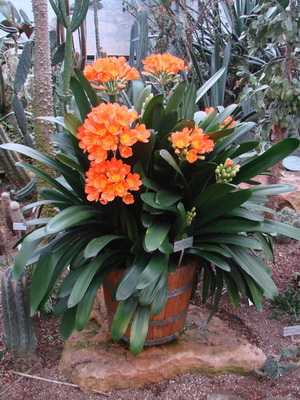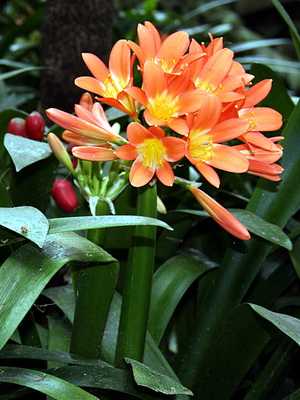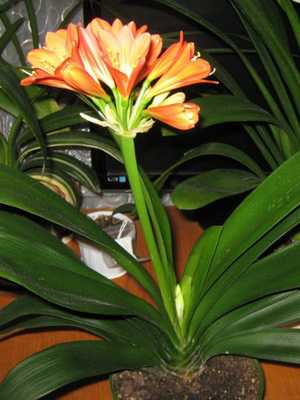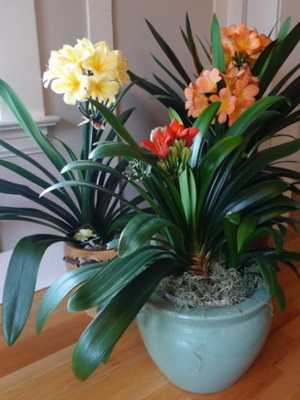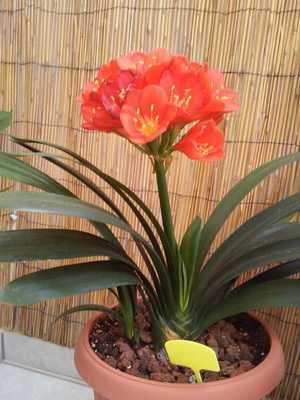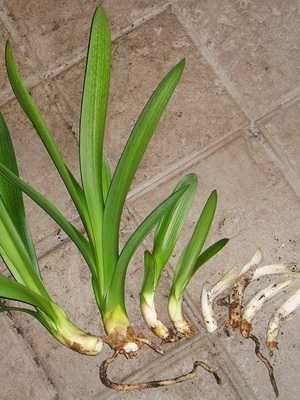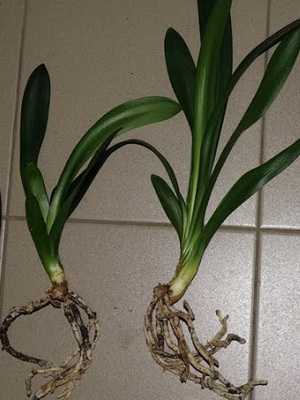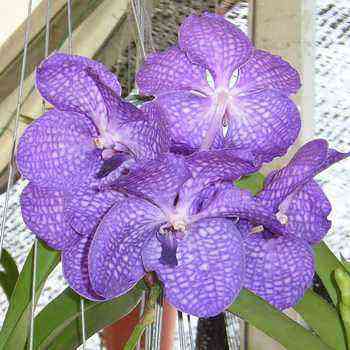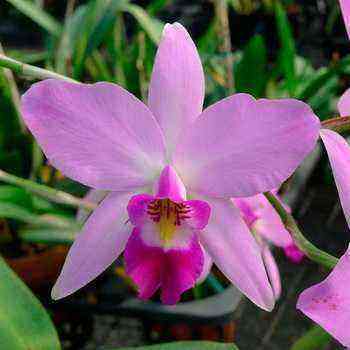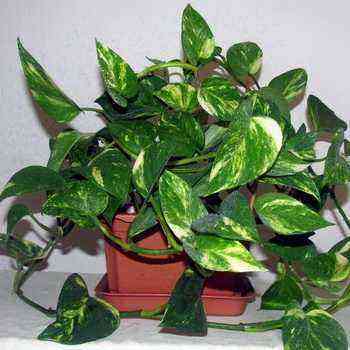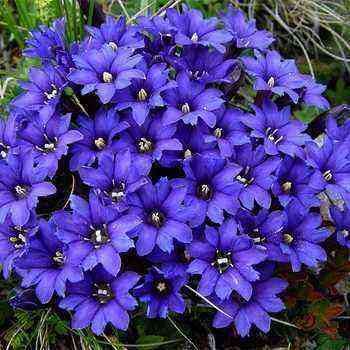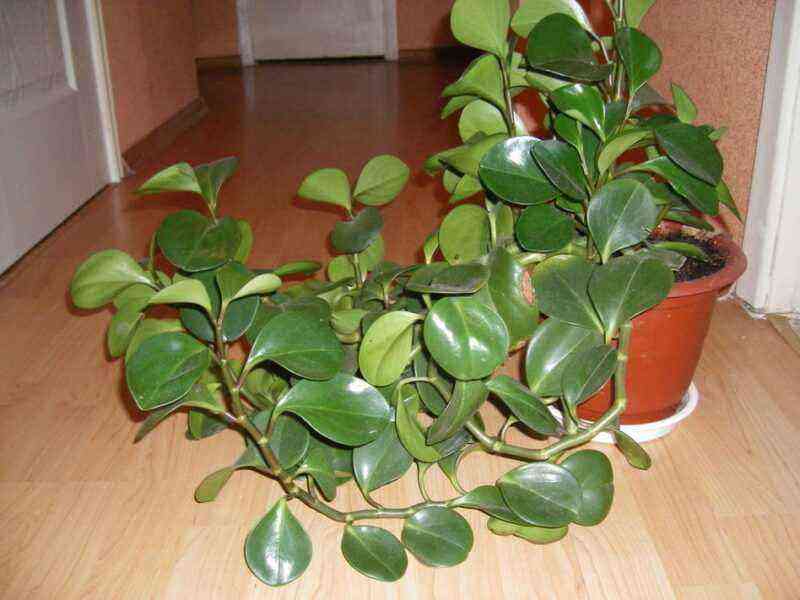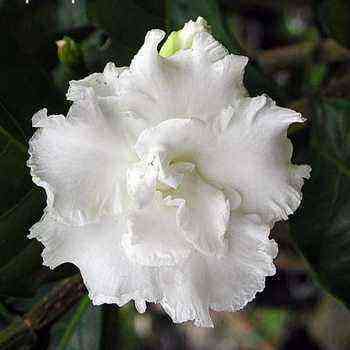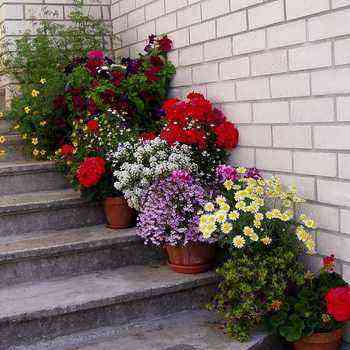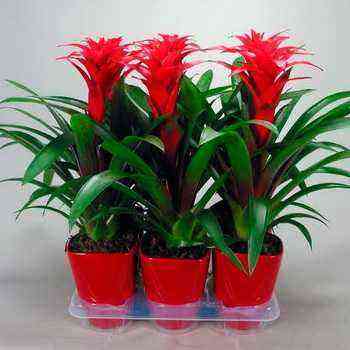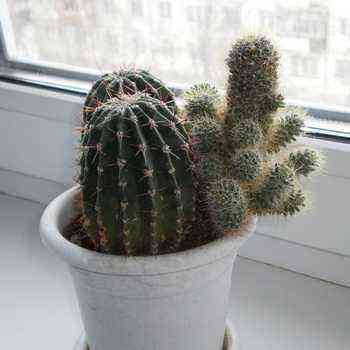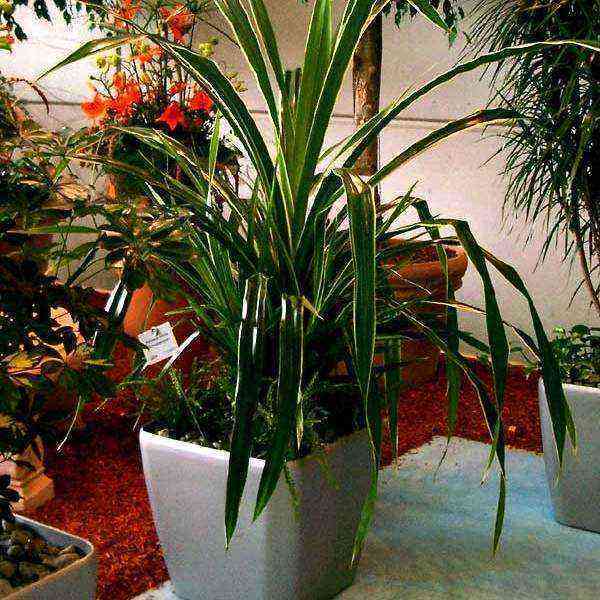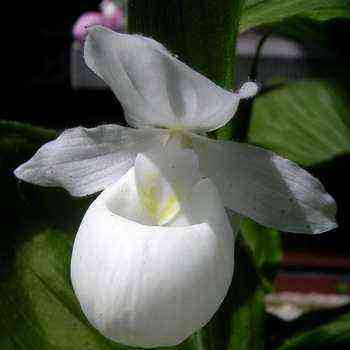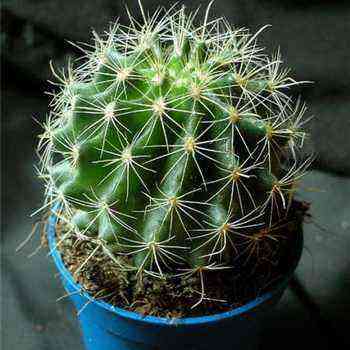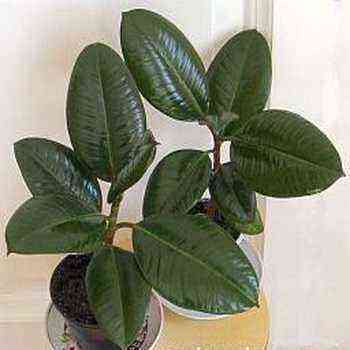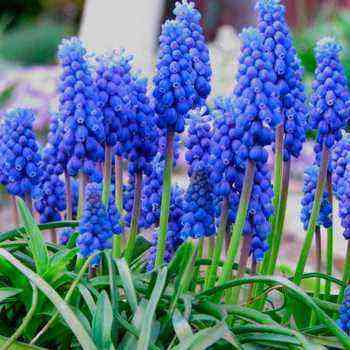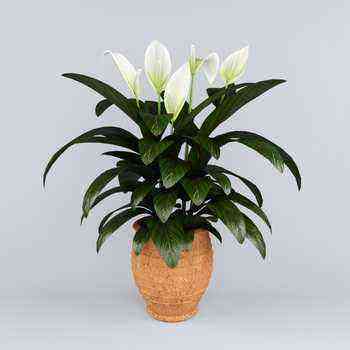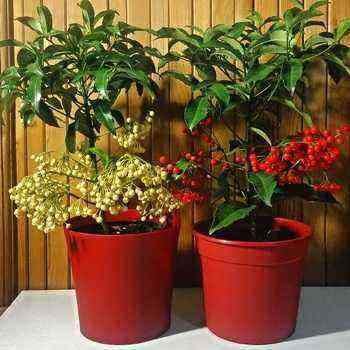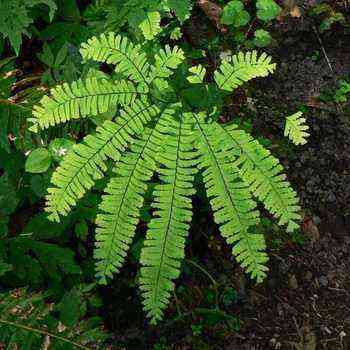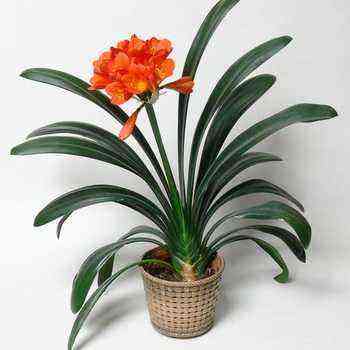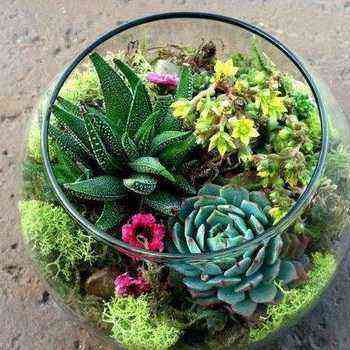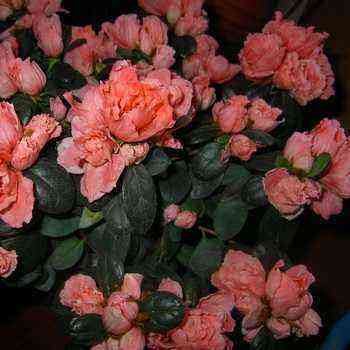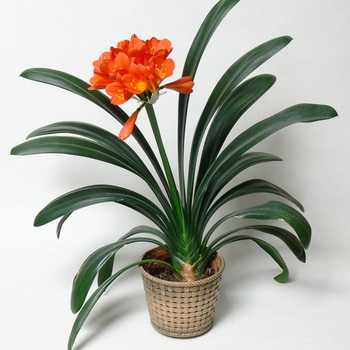
Clevia (Clivia) belongs to the Amaryllis family. Homeland – South Africa. The genus includes four species.
This is a bulbous plant familiar to many lovers of indoor floriculture. The external description of clivia resembles a daylily: it has the same long, narrow leaves that have a dark green color, and the same long flowering arrow, topped with a marvelous inflorescence, consisting of several bright orange flowers, similar to lilies.
What does clivia look like during flowering?
Clivia is a flowering perennial evergreen, stemless herb. The leaves of clivia are leathery, belt-like, up to 50 cm long. The peduncle appears in early spring from the axils of the leaves, an umbrella inflorescence develops on it, consisting of 10-12 flowers, 5-8 cm in diameter. The color of flowers can be orange, red, yellow or cream …
As you can see in the photo, clivia flowers are collected in a multi-flowered umbrella:
It blooms in spring, but with good care it can bloom again in summer.
Florists who grow clivia need to be patient, because this plant is valuable precisely for its flowering, and you can see it only once a year. No matter how hard you try, it will not be possible to cause flowering a second time in a year.
Clivia flowers look like little gramophone. It is not only a beautiful plant, it has a kind and disposing soft “character”. Starting from long belt-like leaves to a delicate scarlet petal, it radiates love, inclines to love – light, pleasant, not attached. Love and kindness are clivia.
It’s easy to rest next to her. At the same time, distracted from heavy thoughts and oppressive life problems, you are saturated with vibrations of kindness. Therefore, this plant, in essence, can be kept everywhere, but best of all, of course, in bedrooms, children’s rooms and resting places.
In the office, clivia may not always be helpful. She can persuade the employee not to fulfill the production plan, not to plunge into the atmosphere of a business environment, but, on the contrary, to incline him to light love flirting. Imagine the head of an institution, furnished on all sides with pots of clivia. Of course, a frivolous and pretty secretary, shooting her eyes, should appear nearby.
There is one consolation. Since clivia is not strong energetically, therefore, its influence on the boss will not be so significant and dangerous for work, as well as for his family relations.
Clivia cinnabar and matte red (with photo)
In indoor floriculture, the following types are most often used:
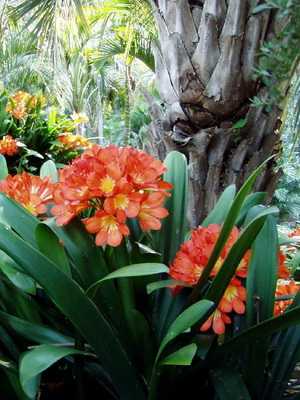
clivia noble (C. nobilis)

clivia gardena (C. gardenii)
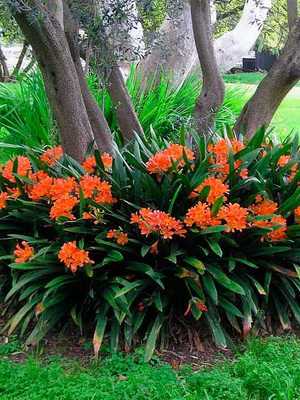
cinnabar clivia
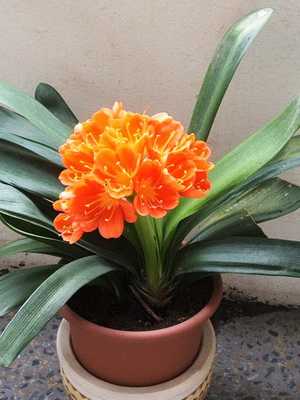
clivia orange (C. miniata)
Clivia cinnabar.
Large belt-like opposite leaves, often more than 5 cm wide and 50-60 cm long, tightly cover each other, forming a kind of a kind of fan, giving the plant decorativeness. In spring or early summer, a flower arrow up to 50 cm tall develops among the leaves, bearing a lush multi-flowered umbrella.
Look at the photo – in clivia cinnabar, large inflorescences consist of 10-20 small funnel-shaped orange or yellow flowers:
They do not bloom immediately, but gradually, so the flowering of the plant is long, several weeks. Known garden form with white or yellow longitudinal stripes on the leaves.
Clivia is dull red.

Often, dull red clivia is grown in room conditions – a herb with a fleshy rhizome and leathery leaves 20 to 40 cm long, dark green in color, arranged symmetrically.
On a low, flat peduncle there are large (up to 5 cm in diameter) orange or pink-red flowers. They resemble bells in shape, which are collected in inflorescences in the form of umbrellas. This clivia variety blooms throughout the spring.
Next, you will learn how to care for clivia at home and how to propagate the plant.
Growing clivia: care and reproduction at home (with video)
Clivia is native to South Africa, where it grows under treetops in impenetrable forests. Hence, probably, her desire to grow on windows that face the north side. In such conditions – coolness and dim sun – clivia will show you all its splendor, it will bloom profusely and for a long time.
Clivia is a shade-tolerant plant that does not tolerate sunlight. But for successful flowering, you need a bright place. In winter, it should be kept in a cool room with a temperature of 8-15 ° C. With the appearance of peduncles (10 cm), the plant is transferred to a warm room.
When caring for clivia at home in the warm season, you should install the plant near an open window or on a balcony and shade it from direct sunlight. During the flowering period, it should be placed closer to the light.
When caring for a clivia plant, high humidity is not required.
The substrate is clay, sod and leafy soil with the addition of bone meal (2: 2: 1).
In summer, the plant should be watered abundantly; in the fall, watering should be reduced and watered rarely, however, preventing the earthen coma from drying out. In winter, especially if the room temperature is low, you can stop watering.
During the rest period, it is best to simply spray the clivia with water: this amount of moisture will be enough for it.
The plant is fed in summer and spring twice a month with complex fertilizer.
When growing and caring for clivia at home, a plant is rarely transplanted – once every three years. The pots should be small, then the plant blooms longer and more abundantly. The vessel should be slightly larger than the root system of the plant. And the transplant itself is best done in the spring.
For planting, you need to prepare a mixture consisting of equal parts of clay-sod, leafy earth and sand. In the event that the roots come out of the bottom holes of the pot, transshipment should be carried out. Try not to expose the root system and add soil to the top of the container in time.
Keep an eye on the plant, cut off dead leaves and wilted arrow in time, and then it will always look attractive.
The only thing that clivia dislikes is any anxiety. During the budding period and during flowering, the pot does not need to be turned or rearranged. Do not repot the plant until roots begin to pop out of the pot. The transplant is carried out only after the end of flowering.
If the plant begins to turn yellow, lower the air temperature and spray the leaves.
If foliage has lost its shine, increase watering.
If the stem starts to rot, then you are too carried away by watering. Do not water the plant until the ground is dry.
If your plant does not bloom well or there are few flowers and they are small, feed it.
Reproduction of clivia at home is done by dividing the rhizome during transplantation. Perhaps as offspring, which need to be separated from old plants after flowering and rooted at a temperature of 16-18 ° C. The offspring must have at least four leaves. It can also be propagated by seeds, but in this case the plant will bloom after many years.
When removing scions, it is recommended to sprinkle the cuts with charcoal to prevent decay. With this method of reproduction, clivia begins to bloom after two to three years.
Clivia is a flowering, unpretentious plant that is resistant to major diseases. It is most often affected by scutes and thrips.

